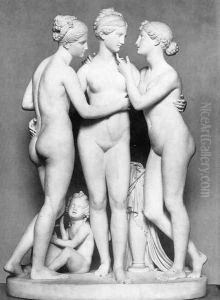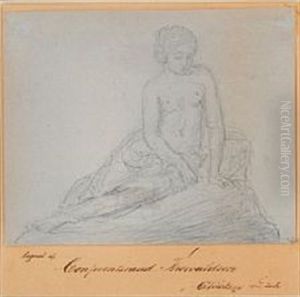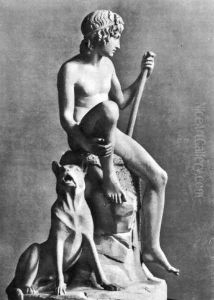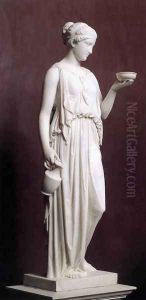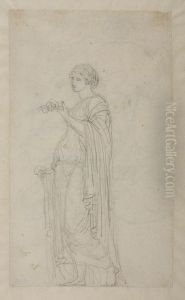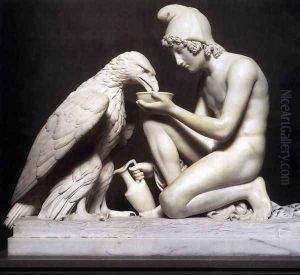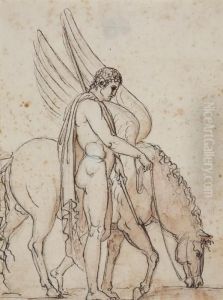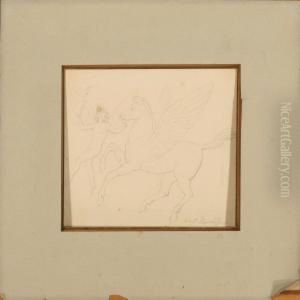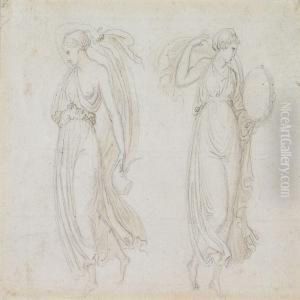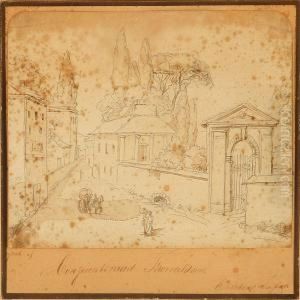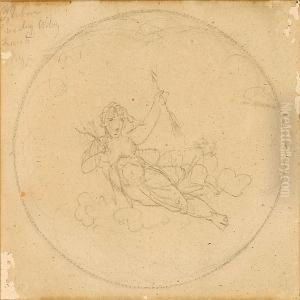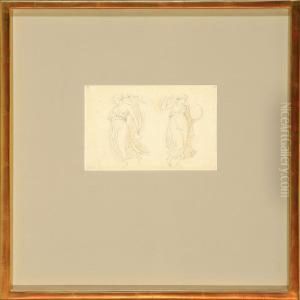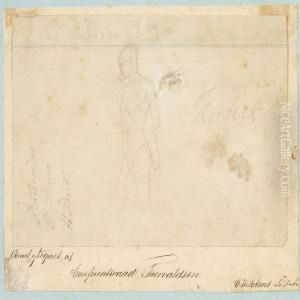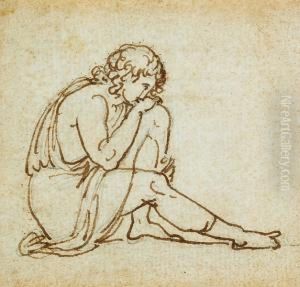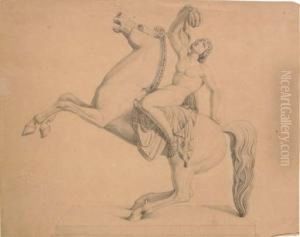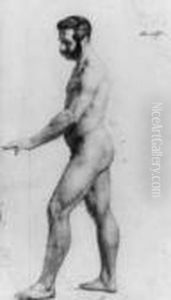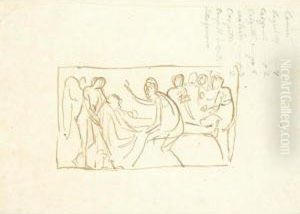Bertel Thorvaldsen Paintings
Bertel Thorvaldsen was a renowned Danish sculptor of international fame, who spent most of his working life in Italy. He was born on November 19, 1770, in Copenhagen, Denmark, to humble beginnings as the son of an Icelandic woodcarver. Despite his modest upbringing, Thorvaldsen displayed an early talent for sculpting, which led to his admission to the Royal Danish Academy of Art at the young age of 11.
His exceptional skills earned him acclaim and scholarships, which allowed him to travel to Rome in 1796, where he would establish his career and reside for the next four decades. Thorvaldsen quickly became a part of the vibrant artistic community in Rome and was heavily influenced by classical antiquity. His style is characterized by its neoclassical aesthetic, which was a marked departure from the then-prevailing Rococo style.
Thorvaldsen achieved his first major success with the statue 'Jason with the Golden Fleece' (1803), which showcased his ability to convey the idealized grace and heroism of ancient Greek and Roman art. His reputation was solidified with commissions from prominent patrons, including Pope Pius VII, and he became a key figure in European art, rivaling even the fame of the Italian sculptor Antonio Canova.
Throughout his illustrious career, Thorvaldsen crafted numerous sculptures and reliefs, many of which are religious in nature, such as his famous series of the Twelve Apostles for the Church of Our Lady in Copenhagen. He also created portraits and monuments that are celebrated for their elegance and simplicity.
In 1838, Thorvaldsen returned to Copenhagen, where he was received as a national hero. He brought with him a vast collection of his works, which became the core of the Thorvaldsen Museum, dedicated to his life and art, which was established after his death.
Bertel Thorvaldsen passed away on March 24, 1844, leaving behind a legacy as one of the foremost neoclassical sculptors of his time. His influence on the art world extended beyond his lifetime, and his works continue to be admired for their beauty and classical purity.
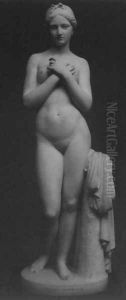
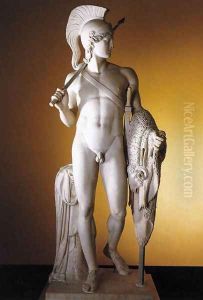
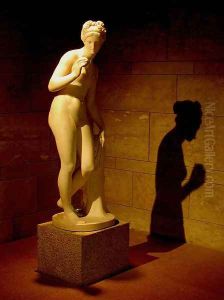
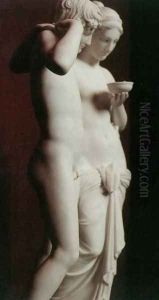
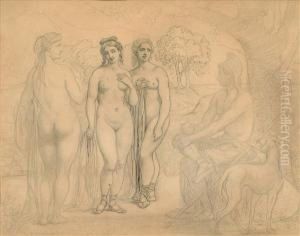
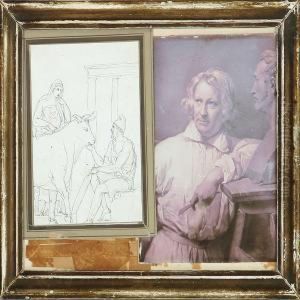
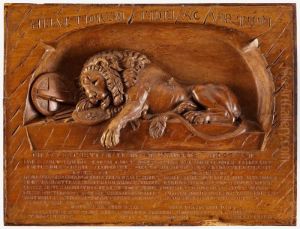
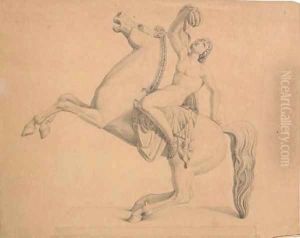
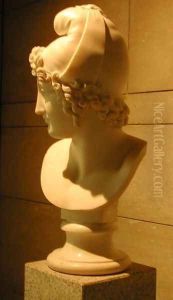
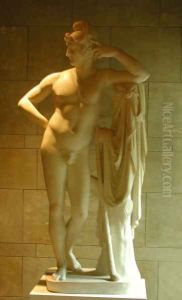
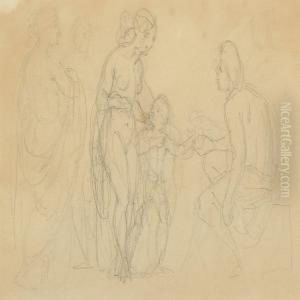
![Venus with Apple [detail: 1]](https://www.niceartgallery.com/imgs/293852/s/bertel-thorvaldsen-venus-with-apple-detail-1-b9c0f862.jpg)
